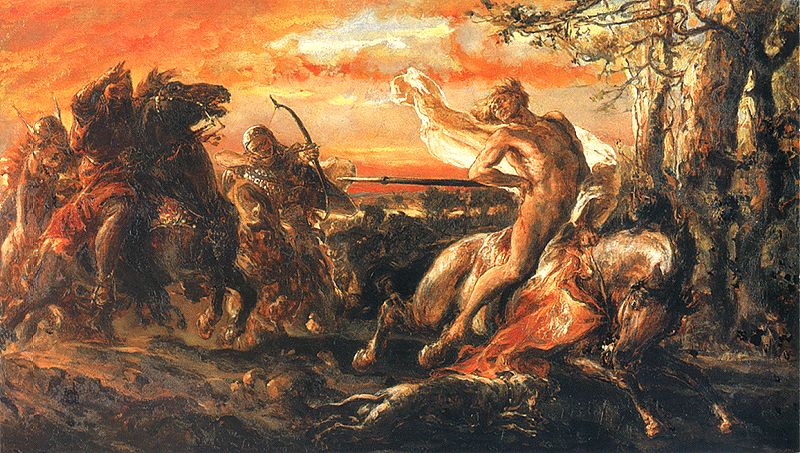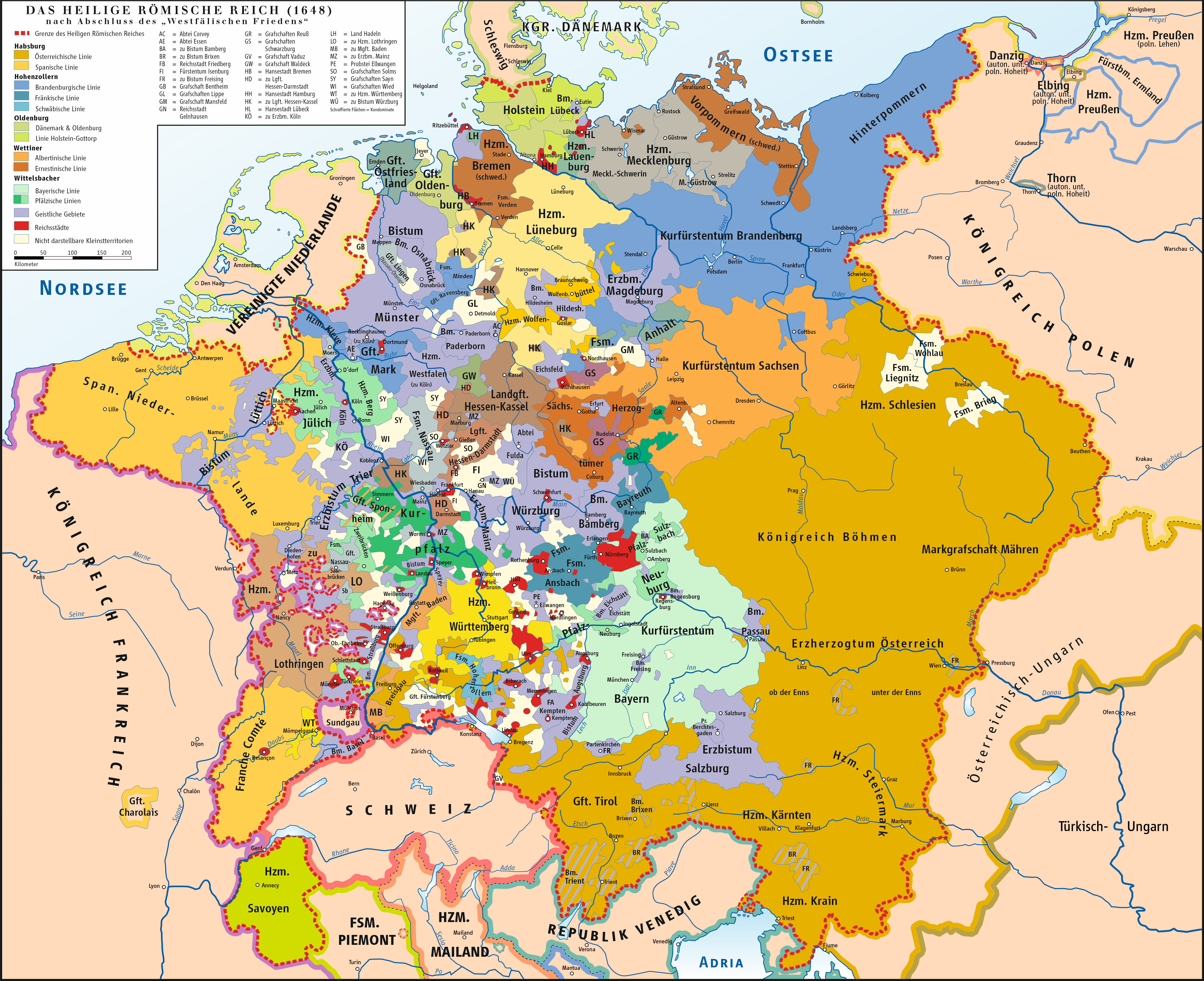|
Lubaczów
Lubaczów ( ''Liubachiv'') is a town in southeastern Poland, close to the border with Ukraine, with 12,567 inhabitants Situated in the Subcarpathian Voivodeship, it is the capital of Lubaczów County and is located northeast of Przemyśl. Other names Lubaczów is also called (or misspelled as): Libatchov, Libechuyv, Liubachev, Lubachov, Lubatchov, Lubichuv, Lubachow, Lubatchow. History Lubaczow was first mentioned in written documents in 1214, when, following the Spis Treaty between Duke Leszek I the White and Andrew II of Hungary, the gord was placed under authority of Voivode of Sandomierz, Pakosław Lasocic. Until 1376, Lubaczow was spelled ''Lubacew'' or ''Ljubacew''. Upon receiving its town charter (1376), the spelling of the name was changed into Lubaczow. Until 1462, Lubaczow was governed by the Dukes of Mazovia, a Polish fief. In that year, it was directly annexed into the Kingdom of Poland, as part of the newly created Bełz Voivodeship in the Lesser Poland Pr ... [...More Info...] [...Related Items...] OR: [Wikipedia] [Google] [Baidu] |
Lubaczów County
__NOTOC__ Lubaczów County () is a unit of territorial administration and local government (powiat) in Subcarpathian Voivodeship, south-eastern Poland, on the border with Ukraine. It came into being on January 1, 1999, as a result of the Polish local government reforms passed in 1998. Its administrative seat and largest town is Lubaczów, which lies east of the regional capital Rzeszów. The county contains three other towns: Oleszyce, west of Lubaczów, Narol, north-east of Lubaczów, and Cieszanów, north of Lubaczów. The county covers an area of . As of 2019 its total population is 55,438, out of which the population of Lubaczów is 12,018, that of Oleszyce is 2,974, that of Narol is 2,071, that of Cieszanów is 1,913, and the rural population is 36,462. Neighbouring counties Lubaczów County is bordered by Jarosław County and Przeworsk County to the west, Biłgoraj County to the north, and Tomaszów Lubelski County to the north-east. It also borders Ukraine to the e ... [...More Info...] [...Related Items...] OR: [Wikipedia] [Google] [Baidu] |
Cieszanów
Cieszanów (, ''Tishaniv ''or'' Tsishaniv ''or'' Chesaniv''; ''Tsyeshanov'') is a town in Lubaczów County, Subcarpathian Voivodeship, Poland. As of December 2021, it has a population of 1,906. Cieszanów is located on the boundary of southern Roztocze, in the valley of the Brusienka river. History In the Middle Ages, sandy shores of the Brusienka river attracted Slavic Lechites, Lechitic settlers, who probably in the 10th century established a Gord (archaeology), gord here. The history of a town named Cieszanów is rather short and dates back to the late 15th century, as it was first mentioned in documents in 1496. At that time, it was part of Lubaczów County, Bełz Voivodeship, Lesser Poland Province, Crown of the Kingdom of Poland, Lesser Poland Province of the Kingdom of Poland. In 1580, the city of Zamość was founded, which attracted an influx of settlers. Furthermore, a merchant road to Jarosław was established nearby, so a nobleman Stanisław Cieszanowski (Jelita co ... [...More Info...] [...Related Items...] OR: [Wikipedia] [Google] [Baidu] |
Bełz Voivodeship
Bełz Voivodeship (, ) was a unit of administrative division and local government in the Kingdom of Poland from 1462 to the Partitions of Poland in 1772–1795. Together with the Ruthenian Voivodeship it was part of Red Ruthenia, Lesser Poland Province. The voivodeship was created by King Kazimierz Jagiellonczyk, and had four senators in the Senate of the Commonwealth (the Voivode and the Castellan of Bełz, as well as Castellans of Lubaczów and Busk). History Bełz Voivodeship was formed in 1462 from the territories of the Duchy of Belz, after the Duchy was annexed by the Crown of the Kingdom of Poland. Zygmunt Gloger in his monumental book Historical Geography of the Lands of Old Poland gives a detailed description of the voivodeship: “Belz, on the Zaloka river, was one of the oldest gords of the Czerwien Land. In 981, the province was seized by Vladimir the Great. Recovered by Bolesław Chrobry in 1018, it again became part of Rus’ after Chrobry’s death (...) ... [...More Info...] [...Related Items...] OR: [Wikipedia] [Google] [Baidu] |
Subcarpathian Voivodeship
Subcarpathian Voivodeship is a Voivodeships of Poland, voivodeship, or province, in the southeastern corner of Poland. Its administrative capital and largest city is Rzeszów. Along with the Marshal, it is governed by the Subcarpathian Regional Assembly. The name derives from the region's location near the Carpathian Mountains, and the voivodeship comprises areas of two historic regions of Central Europe—Lesser Poland (western and northwestern counties) and Cherven Cities/Red Ruthenia. It is bordered by Lesser Poland Voivodeship to the west, Świętokrzyskie Voivodeship to the north-west, Lublin Voivodeship to the north, Ukraine (Lviv Oblast and Zakarpattia Oblast) to the east and Slovakia (Prešov Region) to the south. It covers an area of , and has a population of 2,127,462 (as at 2019). The voivodeship is mostly hilly or mountainous (see Bieszczady Mountains, Bieszczady, Beskids, Beskidy); its northwestern corner is flat. It is one of the most wooded Polish voivodeships (35.9 ... [...More Info...] [...Related Items...] OR: [Wikipedia] [Google] [Baidu] |
Leszek I The White
Leszek the White (; c. 1184/85 – 24 November 1227) was Prince of Sandomierz and High Duke of Poland in the years 1194–1198, 1199, 1206–1210, and 1211–1227. During the early stages of his reign, his uncle Duke Mieszko III the Old and cousin Władysław III Spindleshanks, from the Greater Polish branch of the royal Piast dynasty, contested Leszek's right to be High Duke.Malcolm Barber, ''The Two Cities''p. 368/ref> Leszek was the third or fourth, but eldest surviving son of Casimir II the Just and his wife Helen of Znojmo. Struggle for the succession When Casimir II died on 5 May 1194, Leszek was only nine or ten years old. K. Jasiński, writing in 2001, puts his birth year as 1184 or 1185, while an older historiography claimed 1186 or 1187. The regency was exercised by his mother Helen, who counted on the help of Mikołaj Gryfita, '' wojewoda'' of Kraków, and Fulko, Bishop of Kraków. However, Leszek's uncle Mieszko III the Old – who had been ruler of Kraków fro ... [...More Info...] [...Related Items...] OR: [Wikipedia] [Google] [Baidu] |
List Of Counties Of Poland
__NOTOC__ The following is an alphabetical list of all 380 county-level entities in Poland. A county or powiat (pronounced ''povyat,'' /pɔv.jät/) is the second level of Polish administrative division, between the voivodeship (provinces) and the gmina (municipalities or communes; plural "gminy"). The list includes the 314 "land counties" (''powiaty ziemskie'') and the 66 "city counties" (''miasta na prawach powiatu'' or ''powiaty grodzkie''). For general information about these entities, see the article on powiats. The following information is given in the list: *English name (as used in Wikipedia) *Polish name (does not apply to most city counties, since these are not translated). Note that sometimes two different counties have the same name in Polish (for example, Brzeg County and Brzesko County both have the original name ''powiat brzeski''). *County seat (not given in the case of city counties, as the seat is simply the city itself). Note that sometimes the seat is not part ... [...More Info...] [...Related Items...] OR: [Wikipedia] [Google] [Baidu] |
Galicia (Eastern Europe)
Galicia ( ;"Galicia" ''Collins English Dictionary'' also known by the Variant name (geography), variant name Galizia; , ; , ; ; see #Origins and variations of the name, below) is a historical and geographic region spanning what is now southeastern Poland and western Ukraine, long part of the Polish–Lithuanian Commonwealth.See also: It covers much of the other historic regions of Red Ruthenia (centered on Lviv) and Lesser Poland (centered on Kraków). The name of the region derives from the medieval city of Halych, and was first mentioned in Hungarian historical chronicles in the year 1206 as ''Galiciæ''. The eastern part of the region was c ... [...More Info...] [...Related Items...] OR: [Wikipedia] [Google] [Baidu] |
Polish Car Number Plates
Vehicle registration plates of Poland indicate the region of registration of the vehicle given the number plate. Law According to Polish law, the registration plate is tied to the vehicle, not the owner. There is no possibility for the owner to keep the licence number for use on a different car, even if it's a cherished registration. The licence plates are issued by the powiat (county) of the vehicle owner's registered address of residence, in the case of a natural person. If it is owned by a legal person, the place of registration is determined by the person's address. Vehicles leased under operating leases and many de facto finance leases will be registered at the address of the lessor. When a vehicle changes hands, the new owner must apply for new vehicle registration document bearing their name and registered address. The new owner may obtain a new licence plate although it is not necessary. In such a situation the licence plates are usually carried over to the new owne ... [...More Info...] [...Related Items...] OR: [Wikipedia] [Google] [Baidu] |
List Of Sovereign States
The following is a list providing an overview of sovereign states around the world with information on their status and recognition of their sovereignty. The 205 listed states can be divided into three categories based on membership within the United Nations System: 193 member states of the United Nations, UN member states, two United Nations General Assembly observers#Current non-member observers, UN General Assembly non-member observer states, and ten other states. The ''sovereignty dispute'' column indicates states having undisputed sovereignty (188 states, of which there are 187 UN member states and one UN General Assembly non-member observer state), states having disputed sovereignty (15 states, of which there are six UN member states, one UN General Assembly non-member observer state, and eight de facto states), and states having a political status of the Cook Islands and Niue, special political status (two states, both in associated state, free association with New ... [...More Info...] [...Related Items...] OR: [Wikipedia] [Google] [Baidu] |
Habsburg Monarchy
The Habsburg monarchy, also known as Habsburg Empire, or Habsburg Realm (), was the collection of empires, kingdoms, duchies, counties and other polities (composite monarchy) that were ruled by the House of Habsburg. From the 18th century it is also referred to as the Austrian monarchy, the Austrian Empire () or the Danubian monarchy. The history of the Habsburg monarchy can be traced back to the election of Rudolf I of Germany, Rudolf I as King of the Romans, King of Germany in 1273 and his acquisition of the Duchy of Austria for the Habsburgs in 1282. In 1482, Maximilian I, Holy Roman Emperor, Maximilian I acquired the Habsburg Netherlands, Netherlands through marriage. Both realms passed to his grandson and successor, Charles V, Holy Roman Emperor, Charles V, who also inherited the Monarchy of Spain, Spanish throne and Spanish Empire, its colonial possessions, and thus came to rule the Habsburg empire at its greatest territorial extent. The abdication of Charles V in 1556 led ... [...More Info...] [...Related Items...] OR: [Wikipedia] [Google] [Baidu] |



